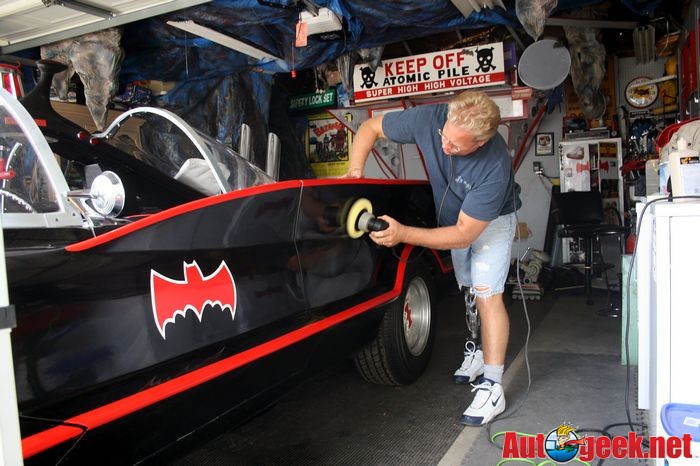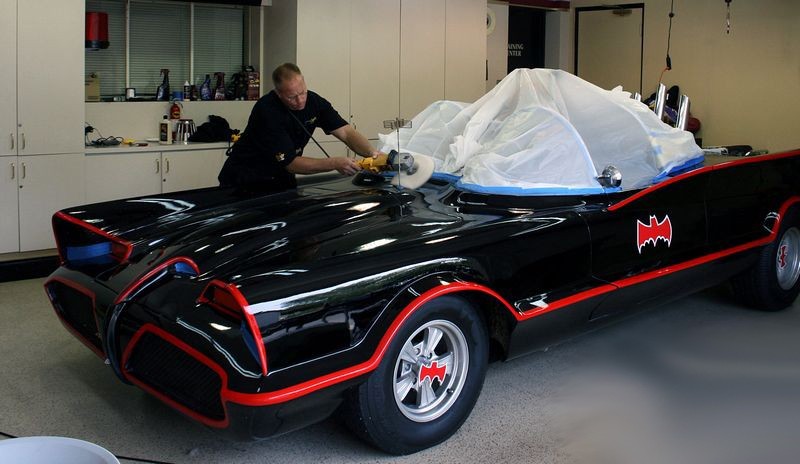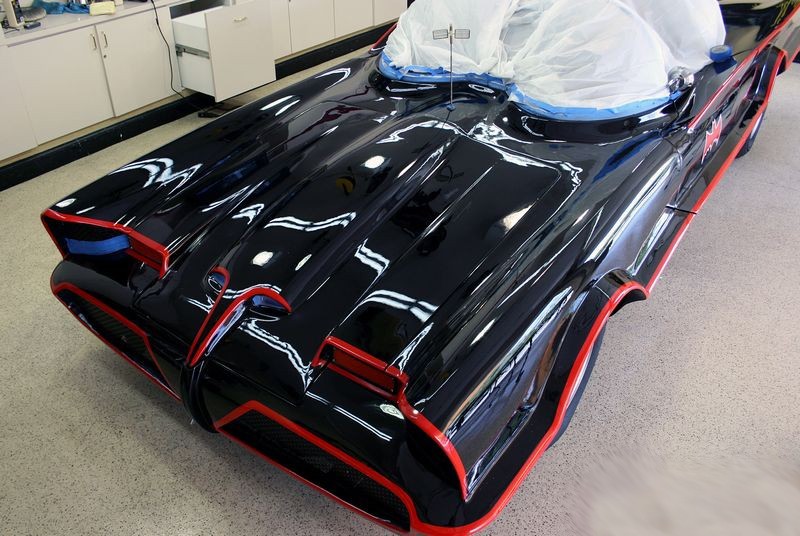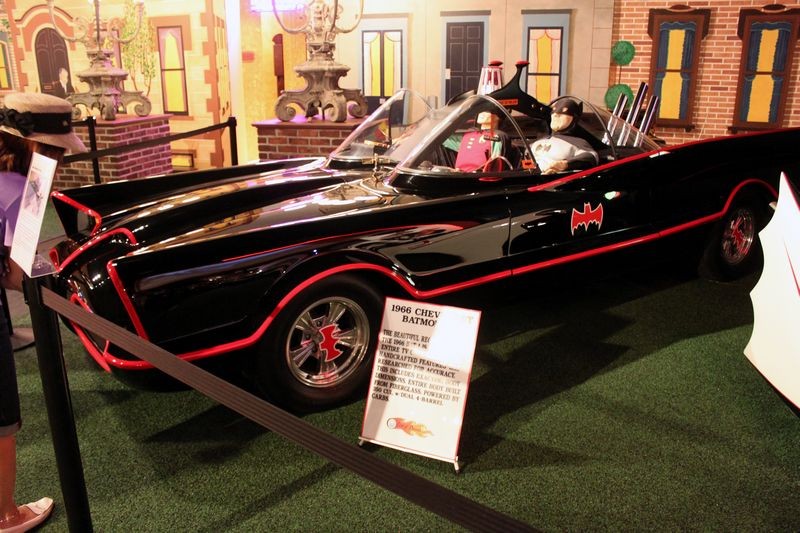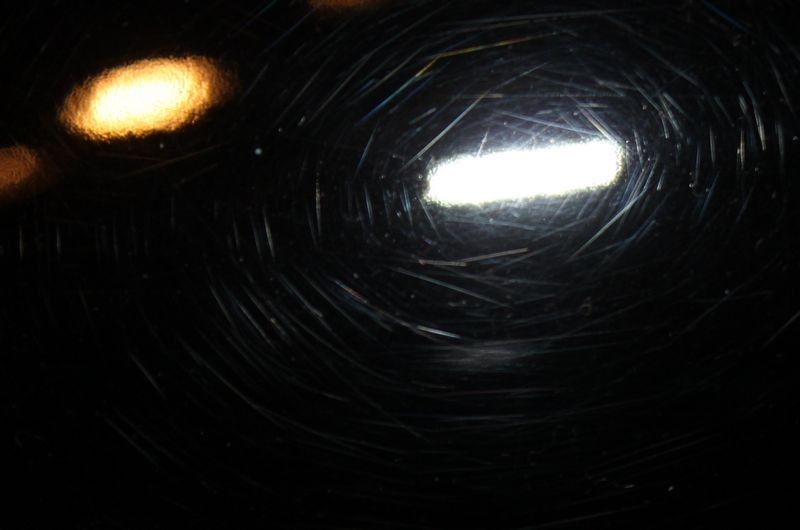Mike Phillips
Active member
- Dec 5, 2022
- 51,004
- 6
LSP - The definition and the story behind the term
Back in the early 1990's I used the term LSP when talking to a customer about detailing their car and as I used it in conversation it meant,
LSP = Last Step Product
Last Step Product means the last product to be applied and then removed off the paint before making the final wipe and then returning the keys and the car back to the owner and saying, it is finished.
Some people have thought that it means Last Step Protectant and it can mean that if you want to use it that way but it originally meant Last Step Product and there's a distinct reason for this, let me explain.
While most detailers work on cured paint, that is a car that has the original factory cured paint, my work included clients with freshly painted cars, or clients that didn't want their car's paint sealed with either a car wax or a paint sealant.
When working on freshly painted car, that is paint that is less than 30 days old, there is not a single paint manufacture that recommends sealing the paint before at least a minimum of 30 days air-cure has passed to insure any and all solvents or other ingredients used to thin and spray the paint have had a chance to outgass unhindered.
Car Waxes, Synthetic Paint Sealants, or Hybrid products, which is a blend of both natural protection ingredients combined with synthetic protection ingredients, no matter which one you use, all three types act to protect paint by doing a number of different things but one of these things is they seal the paint by coating over it and depositing their protection ingredients onto the surface.
It is this coating over and sealing with a sacrificial barrier coating that paint manufactures recommend a waiting period of at least 30 days and sometimes 60 or 90 days as recommendations differ between paint manufactures.
Because some of my work would involve sanding and then compounding and polishing paint that is less than 30 days old, the Last Step Product wold be a fresh-paint-safe Glaze or non-abrasive Pure Polish, not a wax or paint sealant.
Also, some of my customers owned cars that were on display only, never driven and instead of using a wax or paint sealant to lay down a coating of protection, they would request the car only be polished using a Glaze or non-abrasive Pure Polish.
Most companies that create products for use in body shops where fresh paint is sprayed also offer fresh-paint-safe Glazes and/or non-abrasive Pure Polishes and these types of product can be used on both fresh paint and also on cured paint if a person so desires. Because they are fresh-paint-safe, or "Body Shop Safe", they are usually water soluble and offer no protection in the way you think of a Car Wax or Synthetic Paint Sealant offers protection.
The point being, when I coined the term LSP, in the context I was using it, it meant Last Step Product because not all my last steps included applying a protection product like a car wax or paint sealant but instead included fresh paint glazes and polishes.
Anyway, that's what the term meant, the last product you apply before you make your final wipe and the job is finished.
Now days in the discussion forum world most people use the term in a way that means Last Step Product or Last Step Protectant but in both instances the words Product and Protectant are used in the context of a paint protection product like a car wax or paint sealant.
Perfectly okay by me, I just thought I would share the original meaning behind the word.
Cleaners versus No Cleaners
There has also been instances where people would define the term LSP to mean Last Step Protectant and the word Protectant specifically meant a finishing wax or a finishing sealant, not a cleaner/wax of any type.
If you're doing production detailing work and you're using a one-step cleaner/wax or cleaner/sealant, and this is the last product you apply to the paint, (and usually the first and only product you apply to the paint), then in a situation like this it's completely possible for a cleaner/wax to be the LSP, as in the cleaner/wax is the Last Step Product.
As near as I can track down, here's the first use of the acronym LSP on a discussion forum that dates to October 25th, 2003 and it was by me when posting to a thread about a new paint sealant that ended up becoming NXT Tech Wax.
!!!!! Meguiar's Lab Sample "d"!!!!! - Page 3
Post #68
And that's the story...

Copyright ©PBMA - AutogeekOnline.net® All Rights Reserved
Back in the early 1990's I used the term LSP when talking to a customer about detailing their car and as I used it in conversation it meant,
LSP = Last Step Product
Last Step Product means the last product to be applied and then removed off the paint before making the final wipe and then returning the keys and the car back to the owner and saying, it is finished.
Some people have thought that it means Last Step Protectant and it can mean that if you want to use it that way but it originally meant Last Step Product and there's a distinct reason for this, let me explain.
While most detailers work on cured paint, that is a car that has the original factory cured paint, my work included clients with freshly painted cars, or clients that didn't want their car's paint sealed with either a car wax or a paint sealant.
When working on freshly painted car, that is paint that is less than 30 days old, there is not a single paint manufacture that recommends sealing the paint before at least a minimum of 30 days air-cure has passed to insure any and all solvents or other ingredients used to thin and spray the paint have had a chance to outgass unhindered.
Car Waxes, Synthetic Paint Sealants, or Hybrid products, which is a blend of both natural protection ingredients combined with synthetic protection ingredients, no matter which one you use, all three types act to protect paint by doing a number of different things but one of these things is they seal the paint by coating over it and depositing their protection ingredients onto the surface.
It is this coating over and sealing with a sacrificial barrier coating that paint manufactures recommend a waiting period of at least 30 days and sometimes 60 or 90 days as recommendations differ between paint manufactures.
Because some of my work would involve sanding and then compounding and polishing paint that is less than 30 days old, the Last Step Product wold be a fresh-paint-safe Glaze or non-abrasive Pure Polish, not a wax or paint sealant.
Also, some of my customers owned cars that were on display only, never driven and instead of using a wax or paint sealant to lay down a coating of protection, they would request the car only be polished using a Glaze or non-abrasive Pure Polish.
Most companies that create products for use in body shops where fresh paint is sprayed also offer fresh-paint-safe Glazes and/or non-abrasive Pure Polishes and these types of product can be used on both fresh paint and also on cured paint if a person so desires. Because they are fresh-paint-safe, or "Body Shop Safe", they are usually water soluble and offer no protection in the way you think of a Car Wax or Synthetic Paint Sealant offers protection.
The point being, when I coined the term LSP, in the context I was using it, it meant Last Step Product because not all my last steps included applying a protection product like a car wax or paint sealant but instead included fresh paint glazes and polishes.
Anyway, that's what the term meant, the last product you apply before you make your final wipe and the job is finished.
Now days in the discussion forum world most people use the term in a way that means Last Step Product or Last Step Protectant but in both instances the words Product and Protectant are used in the context of a paint protection product like a car wax or paint sealant.
Perfectly okay by me, I just thought I would share the original meaning behind the word.
Cleaners versus No Cleaners
There has also been instances where people would define the term LSP to mean Last Step Protectant and the word Protectant specifically meant a finishing wax or a finishing sealant, not a cleaner/wax of any type.
If you're doing production detailing work and you're using a one-step cleaner/wax or cleaner/sealant, and this is the last product you apply to the paint, (and usually the first and only product you apply to the paint), then in a situation like this it's completely possible for a cleaner/wax to be the LSP, as in the cleaner/wax is the Last Step Product.
As near as I can track down, here's the first use of the acronym LSP on a discussion forum that dates to October 25th, 2003 and it was by me when posting to a thread about a new paint sealant that ended up becoming NXT Tech Wax.
!!!!! Meguiar's Lab Sample "d"!!!!! - Page 3
Post #68
Mike Phillips said:Tomorrow, If I'm lucky, I will be meeting the owner of one of the original Batmobiles. If I'm even luckier, the owner will give me permission to detail his treasure. If I am granted this blessing, (a detailers dream come true), I will not hesitate to use this next generation of polymer technology as a last step product, (LSP), after first massaging-out the existing defects and bring the surface to a super smooth, high gloss finish.
And that's the story...

